Tag: Experiential learning
-
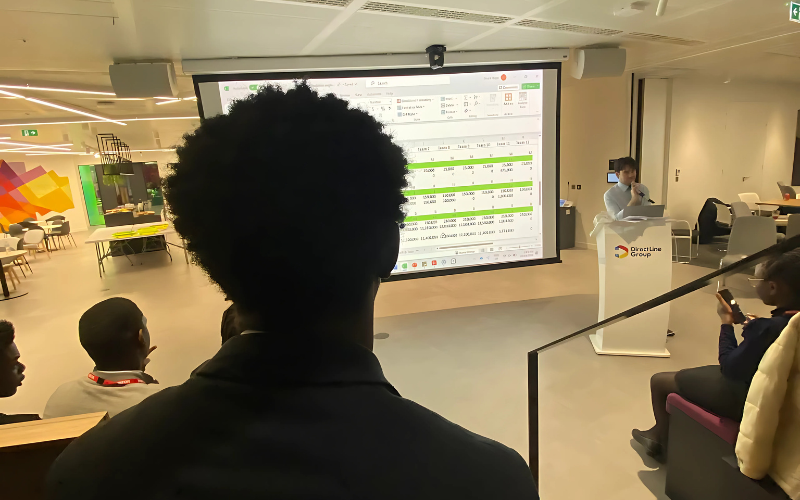
Is Simulation Training the Key to Unlocking Faster Skill Development for Early Careers?
Is Simulation Training the Key to Unlocking Faster Skill Development for Early Careers? Introduction: Bridging the Skill Gap with a Fresh Approach Imagine an ambitious graduate on their first day in a competitive financial services role, eager yet somewhat apprehensive. They’re well-versed in theory but feel underprepared for real client interactions, pressure-filled deadlines, and on-the-spot…
-
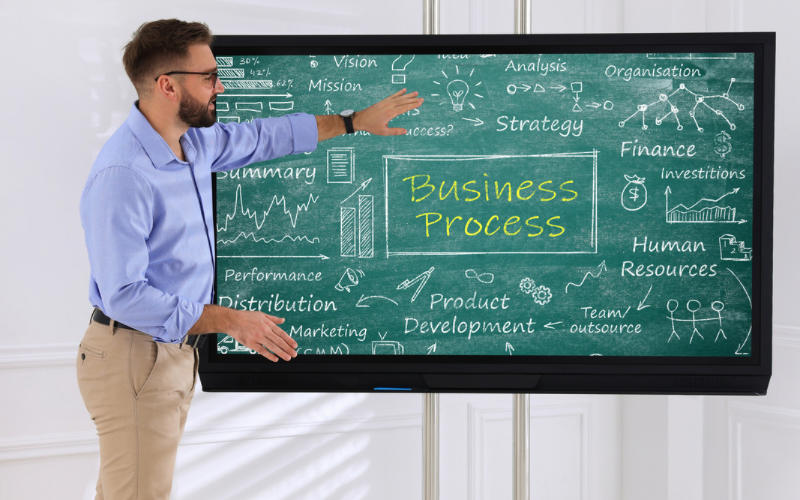
Is Leadership Training in the Digital Age Losing Relevance Without Simulation-Based Interventions?
Is Leadership Training in the Digital Age Losing Relevance Without Simulation-Based Interventions? In an era defined by complexity and relentless technological advancements, leaders are being asked to do more than ever before. They are expected to navigate the uncertainties of global business, engage diverse teams across time zones, and make swift, informed decisions amid rapid…
-

Preparing Gen Z for a Workforce That Doesn’t Exist Yet
Prepare Gen Z for a future workforce with experiential learning. Equip them with adaptability, critical thinking, and real-world skills to thrive in roles that don’t yet exist.
-

What E-Sports Can Teach Us About Simulation-Based Training for Early Careers.
Discover how the principles of e-sports can enhance simulation-based training for early careers, fostering skills like strategic thinking, teamwork, adaptability, and resilience.
-

Why AI can’t replace humans in L&D
AI in L&D enhances learning but can’t replace human creativity, empathy, and cultural understanding. Discover the balance between AI and human interaction.
-
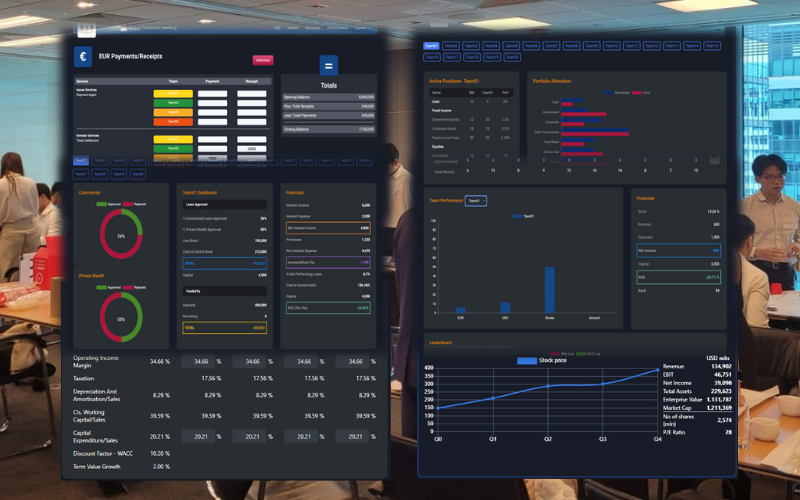
How Virtual Simulations Are Transforming Onboarding for New Hires?
Immersive virtual simulations are revolutionising how new hires learn, boosting engagement & retention.
-
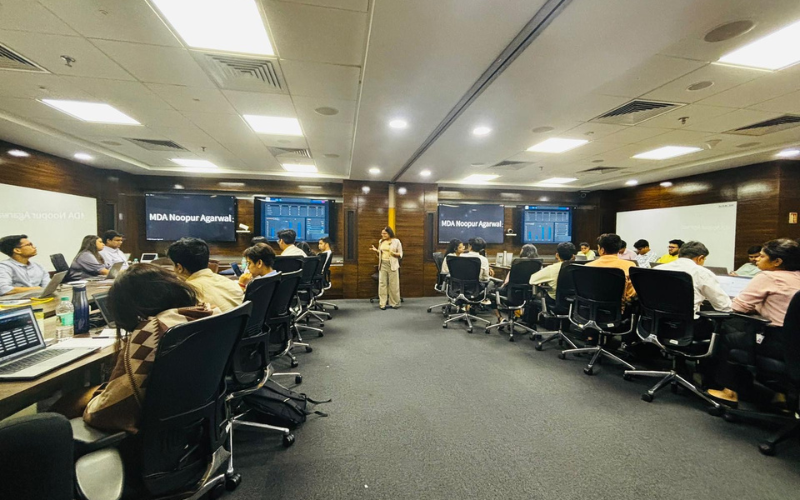
How to Measure the REAL Impact of Your Experiential Learning Programmes?
Traditional training methods lacking impact? Discover how to measure the true success of your experiential learning programs using KPIs.
-

How to Measure the Effectiveness of Your Simulation Training Program?
Measure Simulation Training Impact! Free Guide: Assess knowledge, skills, behavior change. Leverage data & storytelling. Boost employee development
-
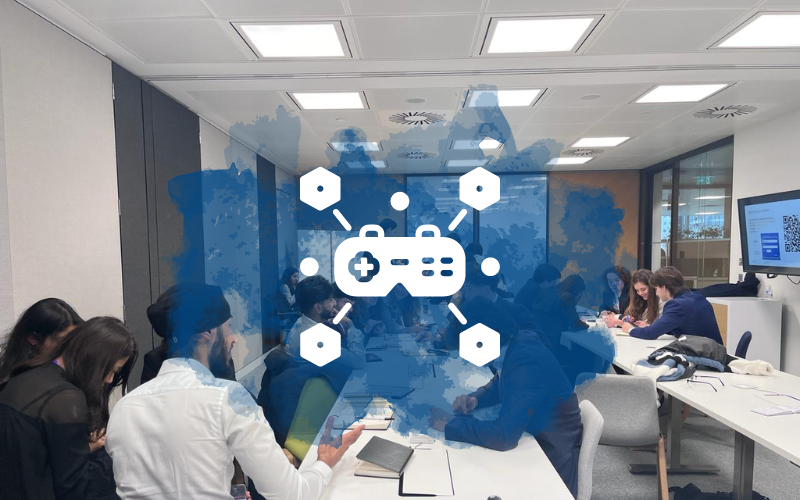
Why Are More Companies Shifting to Gamified Learning Environments?
Discover how gamified learning environments in the UK are boosting engagement, knowledge retention, and motivation.
-

How to Craft an Unforgettable Immersive Simulation Experience for Your Team?
This comprehensive guide explores everything you need to know: setting goals, crafting narratives, prioritising UX, incorporating choice & consequence, and integrating feedback. Design impactful learning experiences for your team